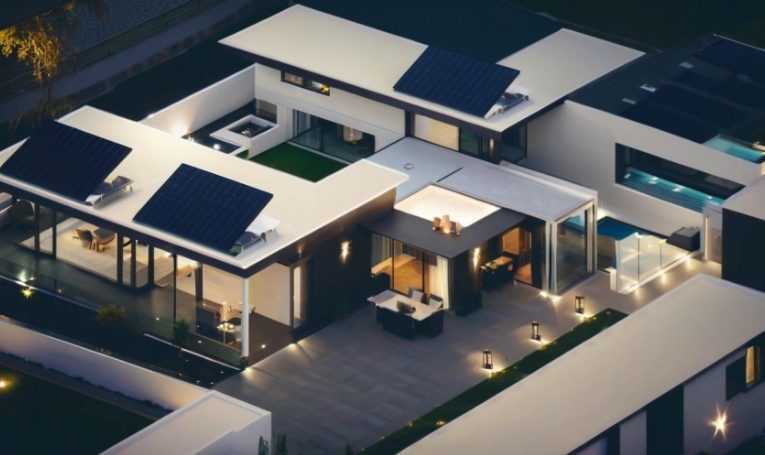How durable is the Sustainable-living modified container house?
Sustainable-living modified container house has become an important choice for modern residential and commercial spaces with its environmentally friendly and flexible characteristics. Its durability is the core issue of concern to users. Based on industry data and real cases, this article analyzes its long-term reliability from the dimensions of materials, structure, maintenance, etc.

1. Materials and structures: a solid and durable foundation
Steel material
The main body of the container house is made of corrosion-resistant steel, such as corrugated steel plates, whose strength and rust resistance directly affect the service life. Industry data shows that the design life of containers made of high-quality steel can reach 25-30 years. In some cases, products manufactured through strict processes have been in good condition for more than 30 years of actual use.
Anti-corrosion treatment technology
Hot-dip galvanizing process: a dense protective layer is formed through high-temperature galvanizing, with a durability of up to 50 years, and is widely used for outdoor steel structure anti-corrosion.
Fluorocarbon coating: It has excellent weather resistance and can resist ultraviolet rays and acid rain erosion. The coating thickness can be adjusted according to the environment (such as thickening to more than 200μm in coastal areas).
Sandblasting and rust removal: Thoroughly remove the surface oxide scale and old paint before construction to ensure coating adhesion and avoid rust problems caused by improper handling.
2. Environmental adaptability and maintenance: the key to extending life
Environmental impact response
Humid/high-salt areas: The thickness of the anti-corrosion coating needs to be increased, and the drainage system needs to be checked regularly to avoid water accumulation and accelerated corrosion.
Extreme climate: Improve wind pressure resistance through structural reinforcement (such as adding beams and windproof anchor bolts). Some products have been tested to withstand a level 12 typhoon.
Maintenance strategy
External maintenance: Check and reapply anti-rust paint every 2-3 years, focusing on corrosion-prone parts such as welds and corners.
Internal maintenance: Regularly inspect pipelines, circuits and insulation layers, keep ventilation and dry, and avoid mold growth.
User case: A container house on a construction site is maintained by annual painting. After 15 years of use, there is still no structural rust, and the internal facilities are operating normally.
3. Actual cases and user feedback: real scene verification
Construction site scene
User feedback shows that container houses perform well in temporary accommodation on construction sites. After 5 years of high-frequency use, some products only need to replace a small amount of external coating to continue to serve. A project manager said: "Compared with traditional board houses, container houses are more durable and the maintenance cost is more than 30% lower."
Commercial and residential scenes
Creative park: A container creative park in Shanghai has been used for more than 10 years. Through regular renovation of the facade, the appearance is kept novel and the structure is safe.
B&B renovation: The seaside B&B adopts thickened anti-corrosion coating and double-layer glass design. After 8 years of use, the main structure is free of rust. Customers commented that it is "more resistant to typhoons than traditional buildings."
Emergency scene
After the Wenchuan earthquake, a certain brand of container house was used as a temporary resettlement site for 3 years. After structural testing, there were no safety hazards. It was eventually transformed into a community activity center for continued use.
4. Technology upgrade: innovation improves durability
Modular design
The expandable folding structure uses patented hinges and high-strength connectors to ensure no deformation after repeated folding. Some products still maintain sealing after 500 folding tests.
Intelligent monitoring system
Integrated temperature and humidity sensors and corrosion monitoring modules to warn of potential problems in real time and extend the maintenance cycle. Through this technology, a company's products have reduced the maintenance frequency from twice a year to once.


